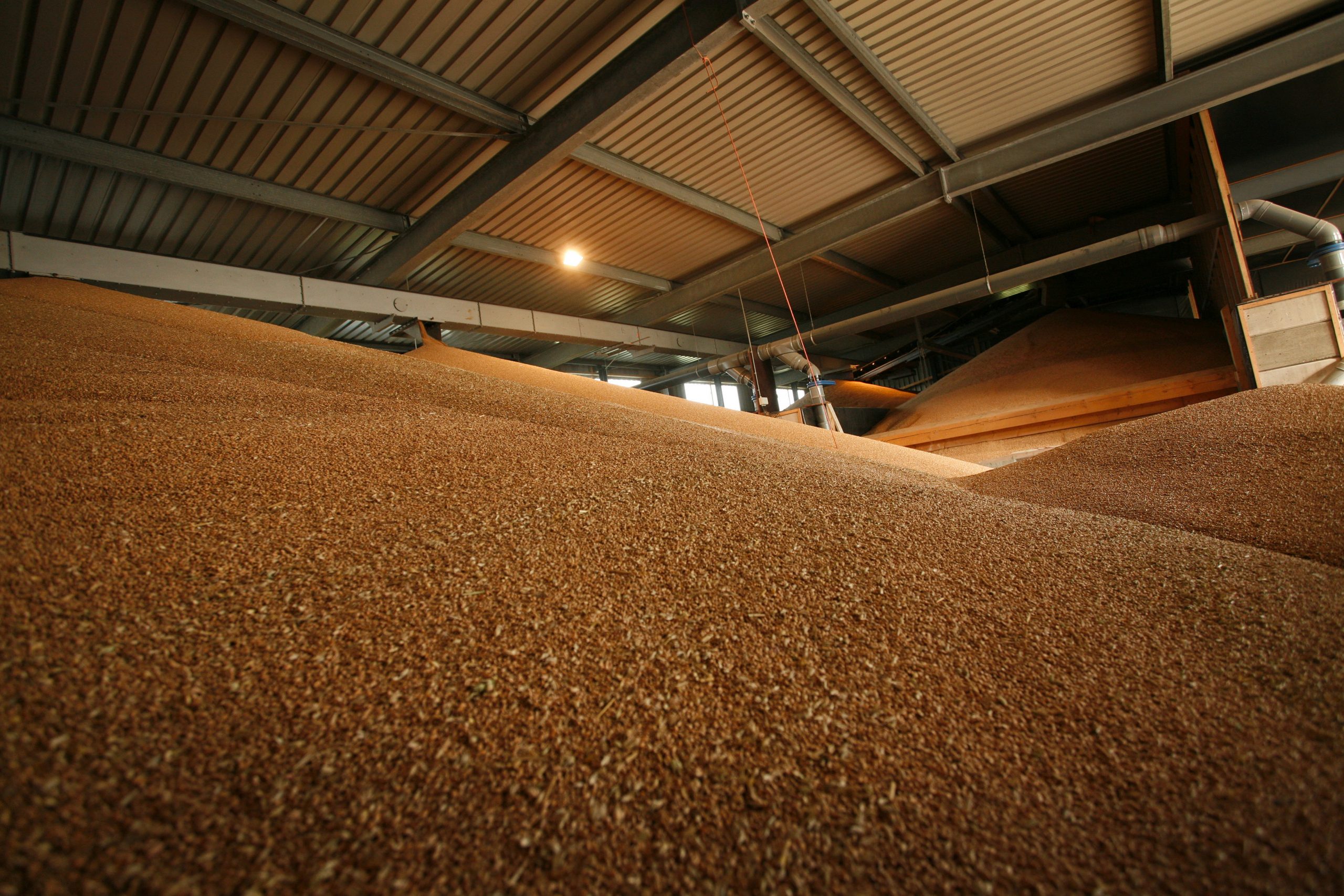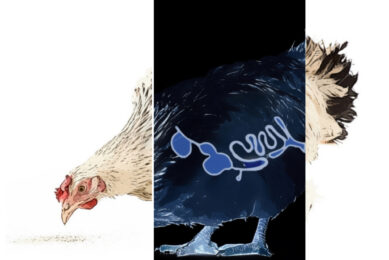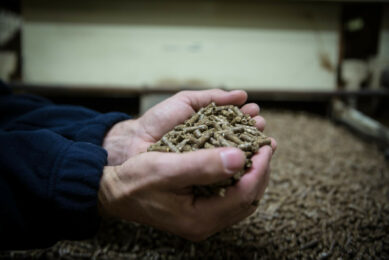The feed processors approach to Salmonella

Salmonella survival can last for months (or even years) under dry conditions and it is the pathogen mostly associated with feed and dry food safety incidents. So what are the most effective and non-chemical ways to control it?
One of the most common practices for the control of Salmonella in feed product was the use of formaldehyde as a feed additive. However, the EU Commission has recently voted to ban the use of formaldehyde for this purpose (EU 2018/183). The main reason for this change is the carcinogenic and toxic effect of formaldehyde on the people handling the chemicals, who are directly exposed to it (EFSA FEEDAP Panel, 2014). Not only European law is changing. The Food and Drug Administration (FDA) Food Safety Modernization Act (FSMA), the most sweeping food and feed safety reform in US history, introduced the Final Rule for Current Good Manufacturing Practice, Hazard Analysis, and Risk-based Preventive Controls for Food for Animals (in force since 2017, 21 CFR Parts 11, 16, 117 et al). The new rule requires every facility that produces, processes, packs, or holds animal feed to implement a written feed safety plan that focuses on preventing hazards in animal feed. For the first time, requirements have been established for the Current Good Manufacturing Practices (CGMP) for food for animals.
Increased pressure feed processors
At the same time, the agricultural sector is moving away from preventive antibiotics. The first step to avoid the use of antibiotics is to improve hygiene in feed processing as well as in animal handling facilities. All this puts increased pressure on feed processors to deliver feed free of pathogens and to reduce the use of antibiotics or additives such as formaldehyde, all at low cost. Additionally, the pressure is moved up the value chain from retailers and food producers. There is no single solution which can be applied to control Salmonella in feed. The most effective way is to take a similar approach as it is currently applied for the food industry. This includes a combination of measures to prevent the introduction, growth and transfer of pathogens within the factory environment (Figure 1).

Ensure high quality raw materials
The first step to prevent Salmonella occurrence in feed is to ensure high quality raw material. Feed producers should have a supplier approval and auditing process in place which specifies raw material handling practices (e.g. Good Agricultural Practices) and allowed levels of hazards in the raw materials. Furthermore, raw material should be inspected and tested on arrival. An action plan should be set in place in case Salmonella is detected (which would frequently happen). For new facilities, assurance of appropriate facility location and building design shall also be considered e.g. selected areas should have low risk of flooding, should be away from contamination sources such as farms, or should be elevated at a minimum of ten meters from contamination sources. A certain asset for raw material management is a comprehensive traceability solution which enables precise tracing of raw material lots back to suppliers and final products, as well as to processing and laboratory test results. The solution should enable fast responses to incidents in cases where accurate product tracing is crucial, thereby minimising the business impact of incidents and reducing the amount of wasted or reprocessed product.

Prevention of growth of microorganisms
One of the most important measures feed processors can implement to prevent growth of bacteria is to keep the moisture level of the feed and processing environment low and stable. This can include controlled conditions during storage, as well as appropriate drying of incoming raw material and feed after pelleting (below 14% moisture). Emphasis should also be placed on avoiding condensation, which can be done by the introduction of hot air drying of the equipment (e.g. conditioner or transport elements) or heating mats when not in use. An appropriately designed and insulated cooling process after the heat treatment is also desirable. Hygienic machinery and facility design also play a key role in the avoidance of microbial growth, in order to rule out niches fostering microbial growth. Niches are high-moisture areas where product and dust may accumulate and which are not accessed during cleaning. Good housekeeping plays a crucial role in the prevention of microbial growth. Dust and product debris must be removed frequently to decrease the possibility of Salmonella occurrence. Access by pests, which may be a carrier of this pathogen, should also be controlled.
Implementation of reliable Salmonella kill step
In feed processing, the thermal processing step such as conditioning and retention before pelletising is typically regarded as a kill step for bacteria. Even feed products which do not have pelleting, extrusion or expansion as part of the process, can have an extra conditioning and retention step implemented, followed by a drying and optionally cooling stage. Typical heat process conditions used by feed manufacturers are between 75°C and 85°C for several minutes. It should be noted that moisture addition has also a high influence on microbial kill. For example, changing moisture from 12 to19% during heat treatment, shortens the time needed for 5-log reduction of Salmonella by a factor of 3 (Bühler unpublished study, 2018). Feed processers often extend the heat treatment time targeting higher reduction value, but this is achieved more easily by changing the moisture level. The optimal treatment should be designed to ensure a safe process while maintaining a top quality standard and nutritional value of the product. Therefore, efficient heat treatment consists of a finely tuned interplay between temperature, moisture and time. Only by understanding the influence of all these parameters on the bacterial reduction level, could it be possible to fine tune the process in such a way, that it does not inactivate heat sensitive additives e.g. probiotics and it still delivers required reduction level. The exact conditions for microbial reduction and quality changes have to be established individually for specific feed products during process validation (Figure 2).

Process validation is required to prove the efficacy and consistency of the kill step. It involves qualification of the equipment – in other words, assessing whether the equipment is able to do the job. Assessing the level of microbial inactivation is generally measured with microbial challenge tests. This means inoculating the raw material with a surrogate microorganism that is harmless but mimics the thermal behaviour of the pathogen of concern. The degree of microorganism kill, or log inactivation, caused by specific process settings is calculated from the bacterial counts before and after the process. Afterwards, during standard processing, the temperature should be monitored at a pre-determined location (this should be done together with an equipment supplier) and a minimum value needs to be achieved for a defined log inactivation. Note that a thermal process run at defined conditions will always deliver a specific log reduction. Thus, the use of raw material with low initial microbial contamination is preferred to achieve lower counts in the end product. High-fat and low-water activity (aw) recipes tend to deliver lower microbial reduction. Also the start-up of the process, while the machine warms up, has to be considered specifically. To avoid wasting under-processed product, it should be ensured that product is held in the machine (e.g. a conditioner) until the required temperature is achieved during start-up. An automation system that monitors, records, and controls the process, in particular the critical temperature limit, is of value to document the process. Apart from a thermal treatment, alternative technologies also exist for microbial inactivation, such as irradiation, however they are not commonly used at the moment.
Avoidance of recontamination
Implementation of an inactivation process alone cannot solve the problem. It would also mean that hygienic levels must be increased and more hygienic processing must be ensured directly after such a step. This means appropriate factory zoning , separating raw material areas from post-kill step areas, hygienic building design, and relevant equipment design. All potential sources of microbial contamination should be identified, eliminated, or controlled. For example, an air filtration system for product cooling air can be installed (if it was identified during the risk assessment that the air is source of contamination). The product cooling air should never be sourced from the raw material handling zones. Furthermore, the equipment after the microbial reduction step would have to be based on an adequate hygienic design. Carefully designed hygienic equipment not only reduces the risk of contamination – and, thereby, minimise the possibility of costly product recalls –it also maintains product quality, increases productivity, and contributes to sustainability. Less time and fewer people are needed for cleaning and changeovers, and less product is wasted.
Continued improvement and training
To effectively implement the above steps, all personnel involved in the manufacture, storage, and handling of feeds and feed ingredients must be adequately trained and aware of their role and responsibility in maintaining feed and consequently food safety. Often, the implementation of the best feed safety solutions requires collaboration with technology suppliers, feed and food producers. One more aspect that stands to revolutionise the food and feed industry in the near future is the progress being made in the field of digitalisation. Even now, many solutions exist for accurate product traceability, predictive equipment maintenance, improved machinery performance, as well as monitoring of some key equipment parameters such as temperature, humidity, moisture, etc. The analysis of such data together with the use of additional information will make it easier to evaluate feed and food safety risks and to choose the best possible measures to control them.
References are available on request.











